Our News & Insights

TNB Aura Partners with BINUS to Host the Grand Final of Startup Wars 2025

Beyond the Pitch: Team Leverage as finalist in TNB Aura Startup Wars 2025
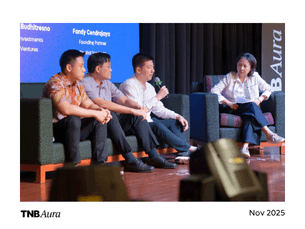
Vietnamese teams shine at Startup Wars 2025

SG AI startup PowerCred raises $1.1m to accelerate expansion

Vietnam a desirable destination for regional VCs

Vietnamese edtech VUIHOC eyes fresh funds after DBJ Capital backing

Digital health infrastructure: Building Southeast Asia’s pathway to preventive care

Becoming A Teacher In The Digital Age, Inspires To Unbounded Creativity

China EV brand XPeng and Singapore’s Charge+ launch EV fast-charging network in South-east Asia

Perspectives: Furniture & Interior Design

A new era of impact: Beyond the bottom line in Southeast Asia’s tech revolution

ZUZU Hospitality nets US$5.9M to scale AI-powered revenue platform for independent hotels

ZUZU Hospitality raises $5.9m Series B extension to scale AI offerings

SG-based hospitality firm Zuzu bags $5.9m series B extension round

ZUZU Hospitality Secures USD 5.9M in Series B-Extension to Power AI-Driven Future for Independent Hotels

Inbound vs Outbound Investing in VC: TNB Aura’s Approach Explained

Perspectives: Energy

With $7m in pocket, Niber Technologies looks to corner waterproof tech market
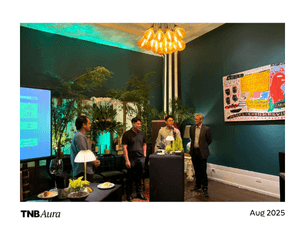
Niber Technologies bags US$7M to push boundaries in breathable waterproof materials

TNB Aura makes first Philippines investment to textile membrane tech startup Niber Technologies
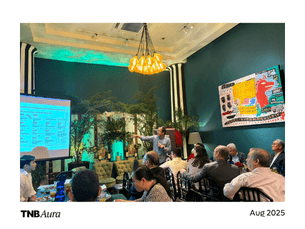
Niber Technologies secures $7M series A to power the future of PFAS-free textiles

Unlocking the Next Stage for Philippines Startups: The Role of Government

TNB Aura Sees Philippines as Next ‘Hot’ Market for Venture Capital in Next 5 Years
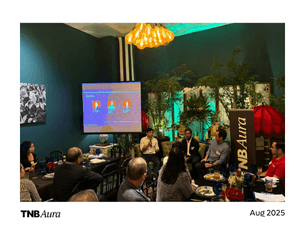
Niber Technologies Closes US$7M Series A Funding Round Led by TNB Aura to Scale PFAS-Free Textile Membrane Production

TNB Aura Impact Report 2024: Transforming Southeast Asia Through Strategic Tech Investment

TNB Aura Mentors Southeast Asia’s Next Wave of Talents through Internships and MBA Consultation Projects

TNB Aura Tracks Patterns Overseas for Hints on Southeast Asia’s Future Start-up Stars

Salmon Raises $88M in Record Philippine Fintech Round

TNB Aura Leads US $4M Investment in PEXX to Power Cross-Border USD Solutions
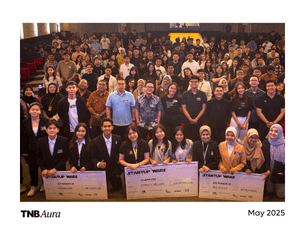
TNB Aura’s Startup Wars: Southeast Asia’s Pioneer Venture Capital Case Competition

Unlocking High-Impact Opportunities in Southeast Asia’s Markets

First EV fast chargers at open-air HDB carparks in operation

Eratani closes Series A to boost food security and rice production across Indonesia
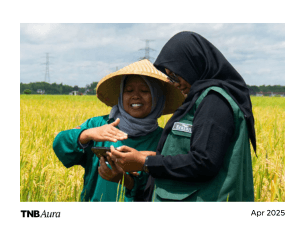
Trust, Tech, and Transparency: Eratani’s $6.2M Strategy for Agritech Growth
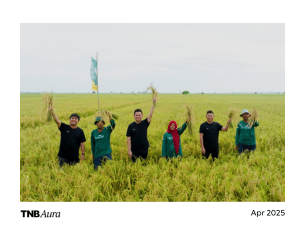
Indonesian agritech startup Eratani secures $6.2m Series A round

Eratani gets $6.2m, looks to rebuild VCs’ trust in Indonesia

Eratani Secures US$ 6.2 million Series A, Driving the Future of Indonesia’s Agricultural Revolution

Navigating the Impact of Trump’s New Tariffs on Southeast Asia: A Venture Capital Perspective
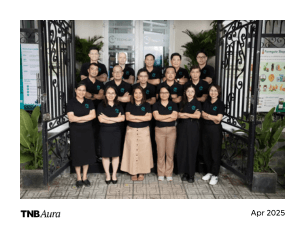
VN Startup Banks on Co-ops to Defy Agritech Skeptics

The Next Billion Consumers: Investing in Southeast Asia’s High-Growth Markets

El Regina Tajudin: Cementing TNB Aura’s Presence in Malaysia
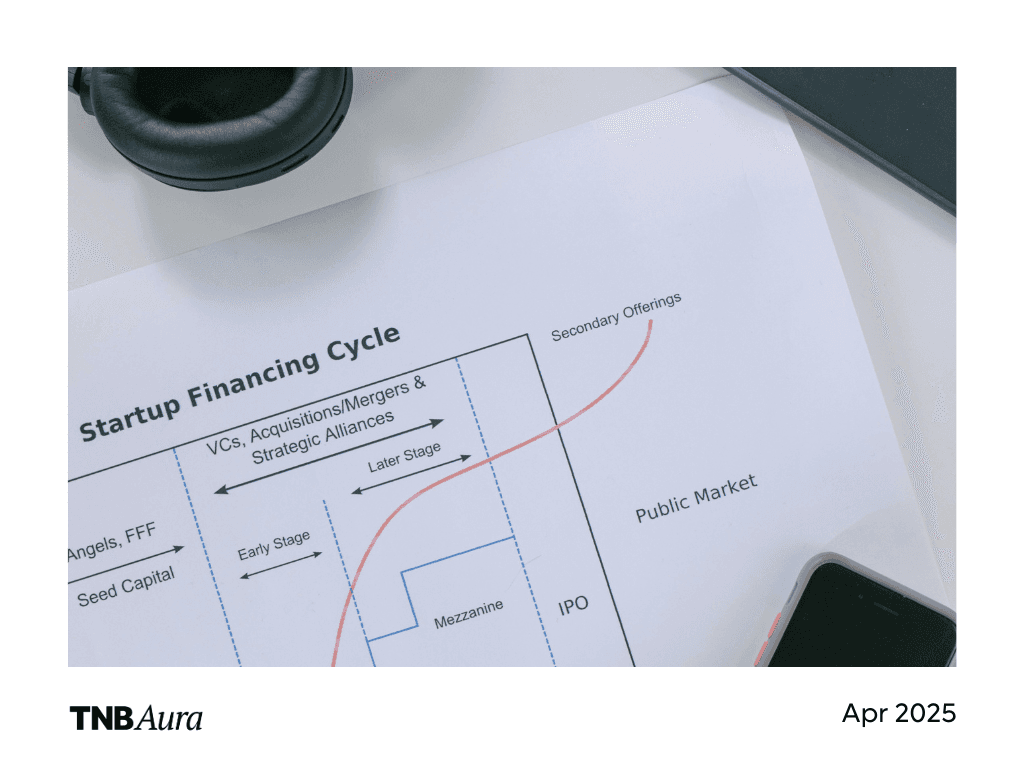
Where to List? Comparing IPO Pathways Across Southeast Asia

Ion Mobility CEO confirms acquisition by TVS Motor

TECHCOOP Secures Landmark $70M Series A From TNB Aura with Equity & Debt Funding to Revolutionise Vietnam’s Agriculture Sector

Vietnam-based agritech firm Techcoop secures $70m series A

A closer look at Vietnam’s top 5 tech startups right now

Charge+ buys 140 EV chargers from 3 companies that have ceased commercial charging services in Singapore

Home appliance brand Prism Tech has come a long way from computer monitors

GMA Ventures, TNB Aura ink partnership with RockMedical

VC Socials Philippines 2024: Venture capital firms, startups gather in BGC

Perspectives: Mom & Baby – Mini Sprint

Perspectives: B2B Commerce

TNB Aura joins US$8M Series A round of EV charging operator Charge+

After raising $1.6m, investment platform Invesko ropes in 20,000 Gen Z investors

TrueDoc and AiHealth merger secures funding from TNB Aura Scout

PEXX raises $4.5M in seed funding for its innovative stablecoin-to-fiat payment platform

Perspectives: Electric Vehicles Infrastructure Edition

Value Creation 101: A Perspective from a Series A Investor

Vietnamese edtech startup VUIHOC invests in ELT chain The IELTS Workshop

Indonesian ecommerce firms Sinbad and Tjufoo merge, aim for IPO
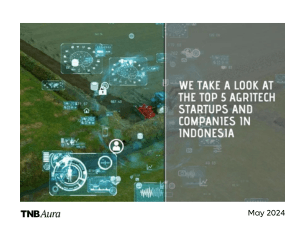
We take a look at the top 5 agritech startups and companies in Indonesia

Ice Breakers with David Bonifacio (Managing Partner, TNB Aura)

David Bonifacio: Accelerating Value Creation as Partner at TNB Aura

DEI in a Tech World

Path to Partnership: Insights from Joe Zhang, Partner at TNB Aura

Perspectives: Construction Tech in Southeast Asia

Dutch investment firm closes $90m fund to back India, SEA VCs

Former Gojek execs’ Vietnamese coffee startup Révi bags funding from TNB Aura, others

Perspectives: Telehealth – Edition 3, Issue 2

Perspectives: D2C – Edition 5

Perspectives: EdTech – Edition 3, Issue 2

Vietnam edtech firm Vuihoc bags $6m in TNB Aura-led round

Social Impact Fintech GIMO Raises US$17.1M To Fuel Expansion And Bridge Financial Inclusion Gap In Vietnam

Perspectives: EWA – Edition 7

Perspectives: Social Commerce – Edition 4

SG Hospitality Firm Secures US $9m in SoftBank Ventures Asia-led Round

With New Partner on Board, TNB Aura Seeks to Deepen Presence in Indonesia

ORA Raises $10 Million As Demand For Tele-health In Asia Soars

Startup Fundraising in Southeast Asia Dropped to Two-Year Low in Q1 2021

Singapore-based PRISM+ Raises S$45M in Institutional Funding Round Led by TNB Aura

The Validation Check for Growth-Stage Southeast Asia Companies

At Least Seven Regional VCs Made Their First Investment in the Philippines in 2022

Southeast Asia VC Drought Survivors

Perspectives: AgriTech – Edition 6

TNB Aura Speaks at SVCA Sustainable Investing Panel 2022

TNB Aura Funds Ex-Grab Founding Exec’s Brand Aggregator
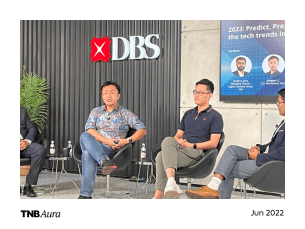
2023: Predict, Prepare for and Ride tech trends in Southeast Asia

Indonesia-based Social Commerce Platform Super Secures USD28M Series B for Indonesian Social Commerce

Indonesian EdTech company CoLearn raises an additional US$17 million in Series A follow-on funding led by TNB Aura, KTB Network and BINUS GROUP

Indonesia-based Tjufoo Launches D2C Aggregation Platform in Indonesia to Upscale SMEs

The Golden Age of VC in Southeast Asia is Here

Fintech startup GIMO bags $1.9M in Seed+ round with participation from TNBA VN Scout

Perspectives: Telehealth – Edition 3

ION Mobility Completes US$6.8M Seed Round Ahead of Smart Electric Motorbike Launch

VNLIFE Nets Over USD250M in One of Vietnam’s Largest Funding Rounds

Singapore-based Zenyum Raises USD40M Series B from L Catterton and Sequoia India for D2C Dental Brand

TNB Aura Joins ADDX as First Southeast Asia VC Fund on the Platform

Indonesian edtech CoLearn gets $10M Series A led by Alpha Wave Incubation and GSV Ventures